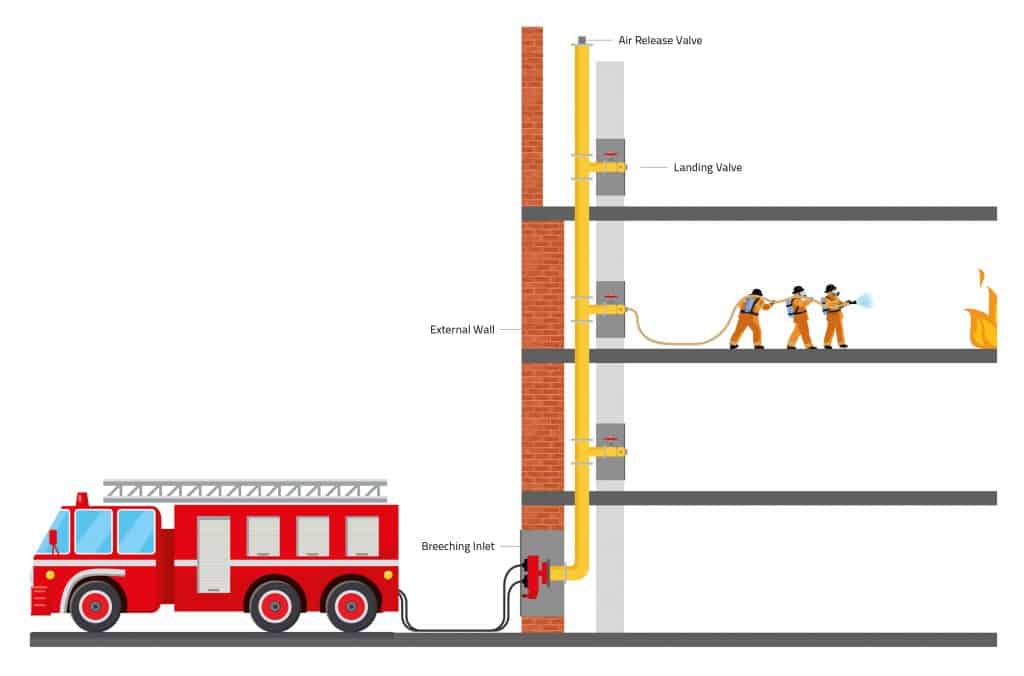Firefighting system
Every business, company, or house has an integrated fire system to receive any threat from flames or electrical surges, as it is also a prerequisite for installing these systems in every house, business, or company, and all people are required to have them due to their importance and necessity
Regardless of the industry in which you operate, fire suppression systems are considered the first choice to protect you and your business or your private home as they are the only deterrent to the flames as smoke detectors, heating systems and extinguishing systems – whether using water, foam or gas – in addition to their networks – are all Included in the category of fire protection components are fire hoses, where all fire fighting devices are counter and ready to receive any threat from the flames.
Fire fighting systems using the water pumps
Where necessary and for these systems suitable extinguishing systems use fire pumps, etc. Each pumping system contains an electric motor that powers pumps linked to a backup source, providing all the water needed for firefighting Moreover, it has an additional JOCKEY PUMP that can be used in small emergencies instead of the basic fire fighting pump to keep the pressure constant.
To ensure that the starting characteristics of the pumps match the needs of the network, the pumping system also contains a diesel engine that powers a set of auxiliary firefighting pumps that provide 100% of the water required for fire suppression. Centrifugal pumps can be horizontal or vertical.
Fighting fire using carbon dioxide
Carbon dioxide is used to put out fires.
Since carbon dioxide is a heavy gas and weighs more than oxygen, it quickly diffuses across the burning area to coat it and separate the oxygen from it. It also possesses strong cooling, which helps lower the temperature and thus prevents burning.
These cylinders are red in color, have a large nozzle, a pressure gauge, and are filled with compressed carbon dioxide gas in a liquid state. When the cylinder is used, the pressure drops, causing the gas to come out in a gaseous state.
This method of extinguishing is said to be the best choice for extinguishing electrical contact and fires started with flammable liquid materials. Do not use dry chemical powder extinguishers to extinguish a Type A flame.
Fighting fire using FM200 gas
The use of FM200 gas in firefighting.
FM200 gas. Both Class A fires (solids) and Class B flammable liquids can use them because they are tasteless and colorless – they work well for protecting potentially electrically hazardous areas, such as server rooms, warehouse and storage areas, etc.
Fighting fire using (foam)
In an aqueous solution, a collection of tiny air bubbles called foam is created. These bubbles are less dense than water, any flammable or combustible liquid, and even air. Their capacity to stick to the surface of burning liquid fuel results in fuel separation from the air, prevents fuel vapors from rising into the surrounding air, and cools the fuel to a temperature below the ignition point, which is then used to put out the fire.




